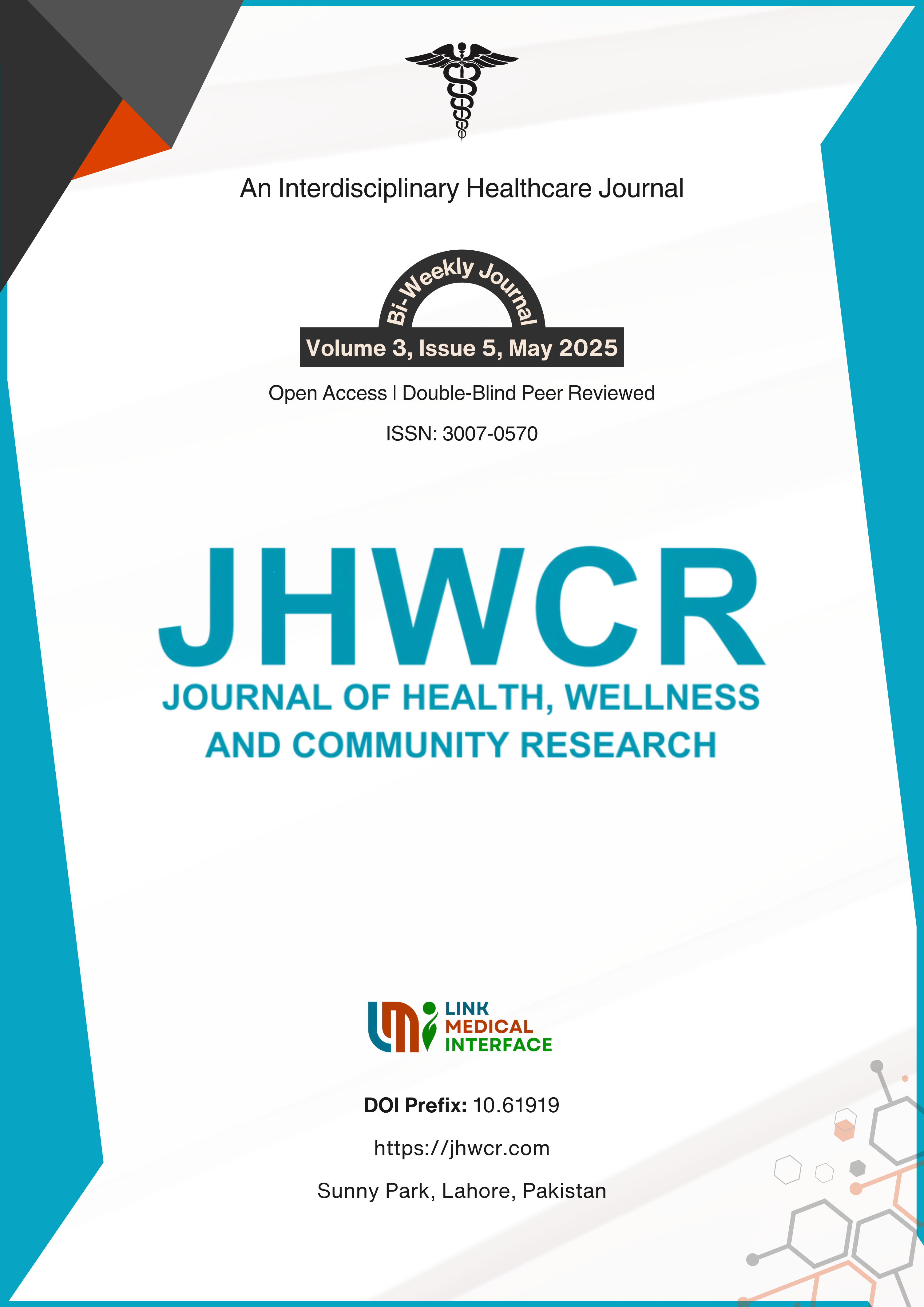Result of Micropulse Transscleral Cyclophotocoagulation (MP-TSCPC) as Treatment Modality of Refractory Glaucoma
DOI:
https://doi.org/10.61919/0ma05t11Keywords:
Refractory Glaucoma, Intraocular Pressure, Micropulse Cyclophotocoagulation, Laser Therapy, Antiglaucoma Agents, Cross-Sectional Studies, Ophthalmologic Surgical Procedures.Abstract
Background: Refractory glaucoma remains a significant therapeutic challenge due to its resistance to conventional pharmacologic and surgical interventions. Recent advancements such as micropulse transscleral cyclophotocoagulation (MP-TSCPC) offer promising alternatives, yet data on its efficacy, especially in reducing intraocular pressure (IOP) and medication burden, remain limited. Objective: This study aimed to evaluate the effectiveness of MP-TSCPC in lowering IOP and reducing anti-glaucoma medication use in patients with refractory glaucoma, with subgroup analysis based on demographic and clinical factors including age, gender, medication type, and family history. Methods: A cross-sectional observational study was conducted involving 80 patients diagnosed with refractory glaucoma. Participants aged 18–70 years were included, excluding those with inflammatory eye diseases or recent ocular trauma. IOP measurements were taken at baseline, and at 1 week, 1 month, and 3 months post-procedure. Clinical and demographic data were recorded alongside changes in medication use. Ethical approval was obtained in accordance with the Declaration of Helsinki. Data were analyzed using SPSS version 27; mean ± SD, Chi-square, and p-values were used for statistical interpretation. Results: Baseline mean IOP was 24.25 ± 2.92 mmHg, which significantly decreased to 15.75 ± 1.35 mmHg at 1 week, 13.85 ± 1.25 mmHg at 1 month, and 12.87 ± 1.16 mmHg at 3 months post-MP-TSCPC (p < 0.0001). A 20% reduction in anti-glaucoma medication usage was also observed. Stratified analysis revealed a significant association between family history and higher post-treatment IOP (p = 0.0001), while age, gender, and medication type showed no significant differences. Conclusion: MP-TSCPC is a clinically effective and safe intervention for reducing IOP and medication dependence in refractory glaucoma patients, with potential for broader application in personalized glaucoma care. These findings support its integration into glaucoma management protocols, especially where conventional options have failed.
Downloads
Published
Issue
Section
License
Copyright (c) 2025 Journal of Health, Wellness and Community Research

This work is licensed under a Creative Commons Attribution 4.0 International License.


